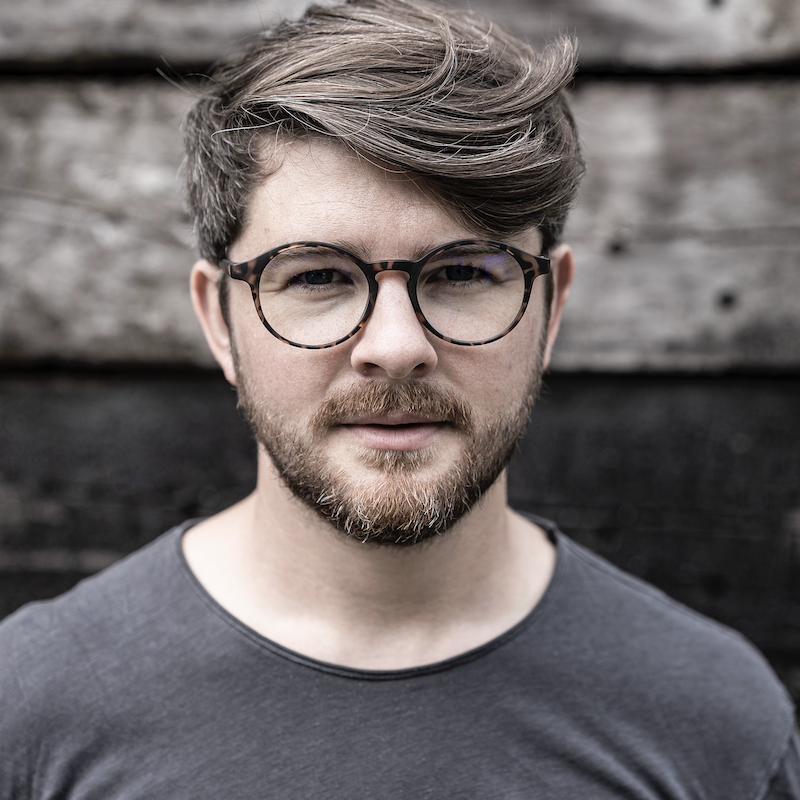Sony FX3 II: 5 upgrades I want to see as a pro filmmaker
The Sony FX3 has been my go-to camera for years, and it wouldn't take much to create a perfect successor
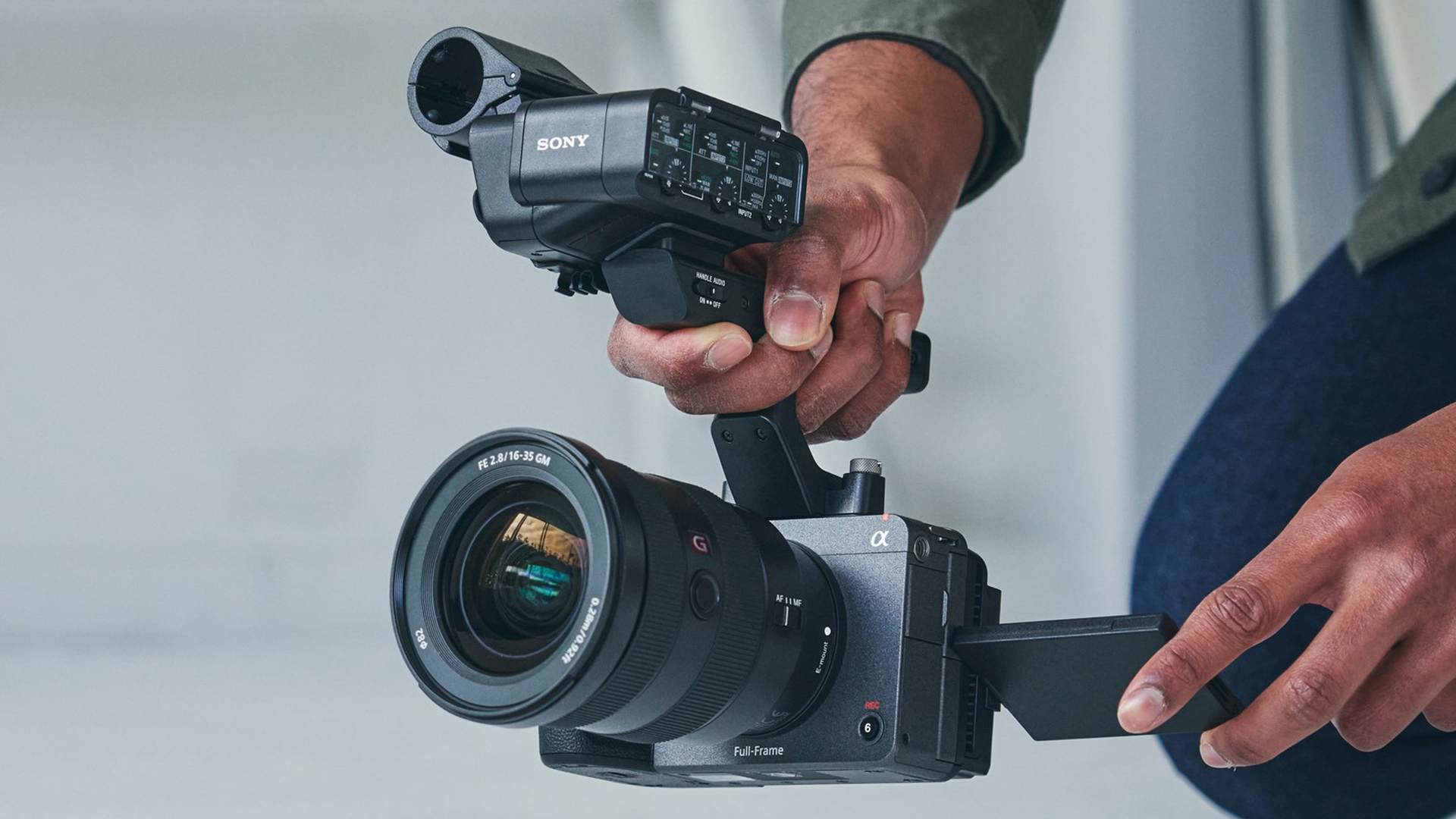
I've been running the video production company Studio 44 for several years, and we were early adopters of the Sony FX3 – a small a lightweight professional video camera. We bought it straight away when it was first released way back in 2021 - initially to be a b-cam, something that would deliver on a gimbal for sports shoots, events and b-roll footage.
As soon as I used the FX3, however, I fell in love with its image quality; the combination of a 10.2MP full-frame sensor and dual base ISO that give supreme low light skills. Having the ability to shoot clean at ISO 12800, with an ND filter to balance exposure, provides an absolute powerhouse of a camera for run-and-gun flexibility.
The FX3 quickly became our go-to camera due to it’s quality, versatility and size. We have since used it in a wide variety of contexts, including underwater, off the back of trucks, on gimbals, plus the odd tripod-mounted shot for good measure.
The capabilities of this tiny camera have been lauded from corporate filmmakers to Hollywood cinematographers alike (see The Creator, almost entirely shot on the FX3).
Like all cameras, the FX3 isn't perfect, and I've built up a snag list over the years using it professionally. And when I caught rumors of a successor – which will presumably be called the Sony FX3 II – rumors that were made all the more plausible after a big price drop of the FX3 in January 2025, I've got thinking about what would make a future FX3 II worth upgrading for.
So, here are my top five hopes for a potential Sony FX3 II, as well as one thing I really hope not to see.
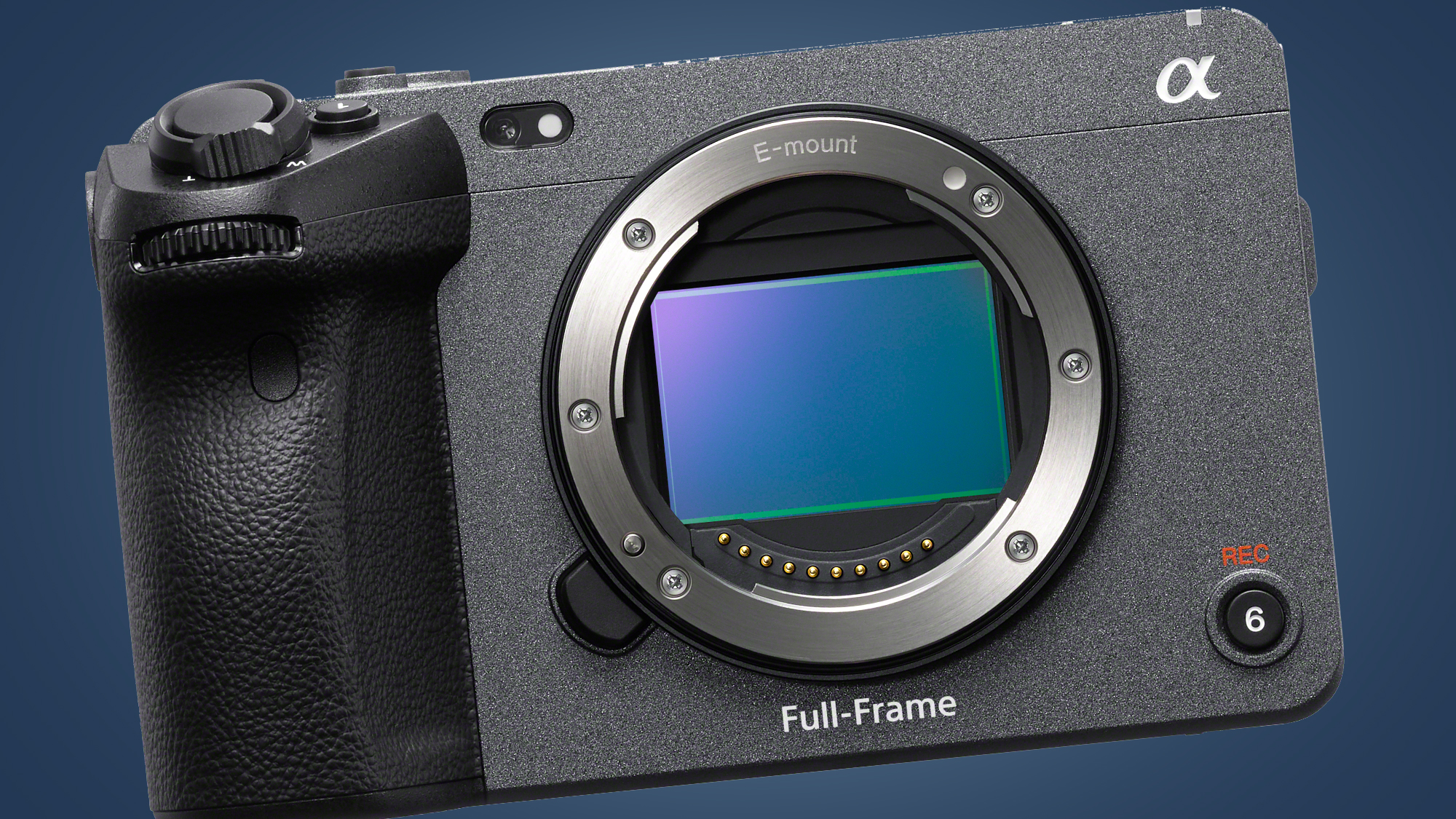
1. An open gate sensor and improved video resolution
While it is fair to say that most of the deliverables we send to clients are in 1080p, the benefits of additional resolution in post are essential. Shooting a scene and cropping in to either correct framing errors or provide more shot selection options to use in the edit is essential for us to truly deliver for a client.
Get daily insight, inspiration and deals in your inbox
Sign up for breaking news, reviews, opinion, top tech deals, and more.
We are almost always expected to deliver for multiple aspect ratios, even from the same frame, and higher resolution is incredibly helpful for that. To compete with others in the market for the next 4-5 years, we need to see something beefier from Sony here. Panasonic adopted open gate some time ago with cameras such as the Lumix S5 II, and I really hope Sony follows suit.
Increasing video resolution may well be necessary to introduce open gate video, and this could in turn have an adverse impact on low light sensitivity. None-the-less, my dream is that Sony can maintain the FX3's low light skills while introducing open gate recording – doing so will widen the capture possibilities for video production businesses like mine.
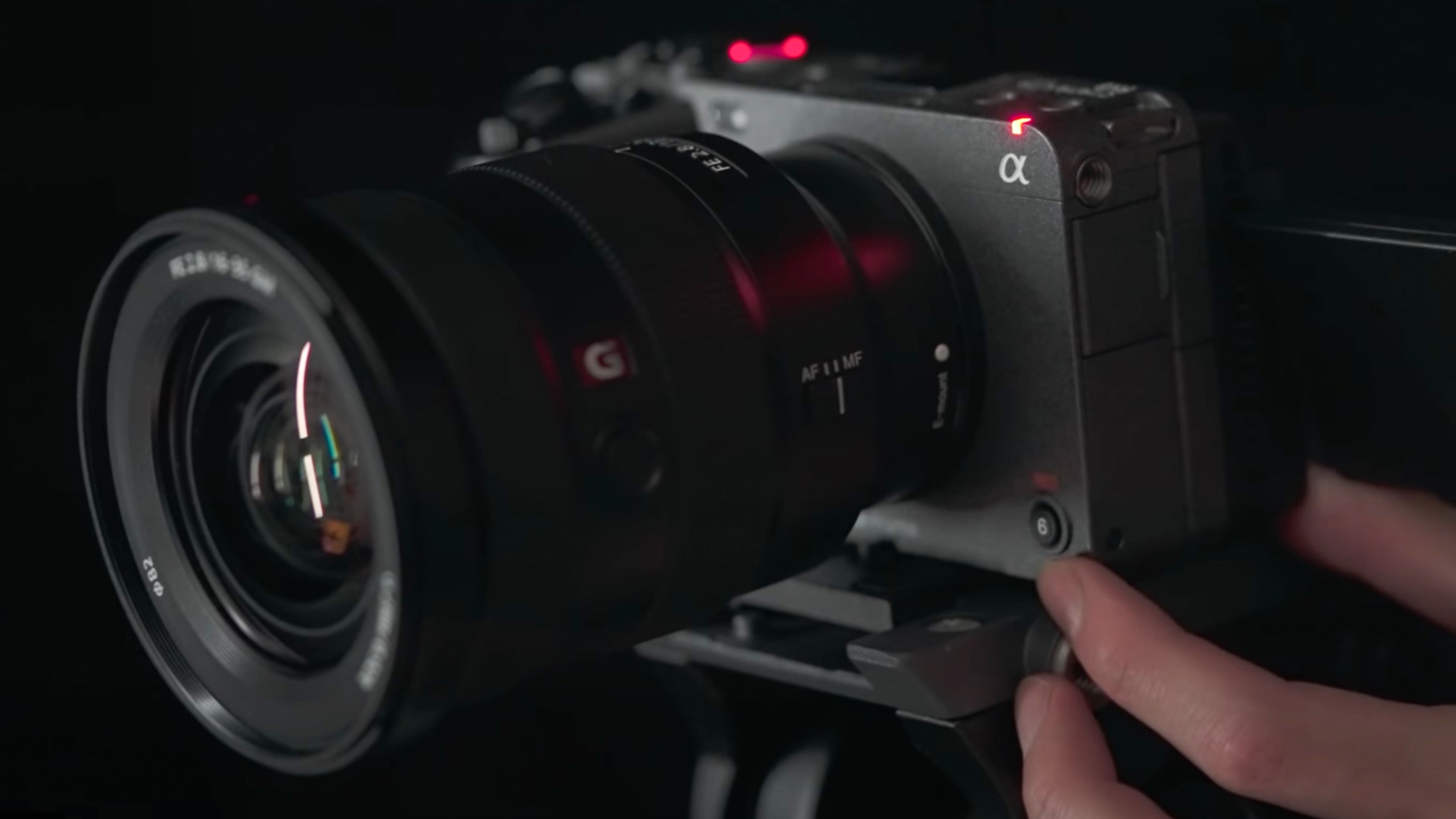
2. 16-bit Internal RAW
Bear with me as I set up my little soapbox; cameras are expensive enough already without the annoyance of requiring additional accessories to get the best image quality possible out of them. I'm talking about an external monitor, which is needed for many pro video cameras – not just by Sony – to increase the maximum possible bit depth.
It is infuriating to know that the image I am shooting is not giving me the widest dynamic range possible, nor as versatile from a color grading perspective, unless I am shed another $500 / £500 and more for a device to essentially unlock its potential. If you're reading this, Sony, please deliver 16-bit color depth internal raw video in the would-be FX3 II.
3. CFexpress Type B media
I would love to see Sony adopt the Type B variant of CFexpress cards rather than sticking with its unique Type A card. It would serious fallout for Sony to do this, and it's probably unlikely, but it would be a big one for everyone who has experienced the pain of purchasing pricey CFexpress Type A cards that are exclusive to the some of the best Sony cameras.
Purchasing another CFexpress Type A is a pill that's only harder to swallow when you see rival brands utilizing the cheaper, bigger and faster cards out there. Not only would the Type B variant provide fast read/write speeds allowing for one of my next points to become a reality, but it would give greater access to the maximum internal recording options that even the fastest v90 SD cards can struggle to continually write.
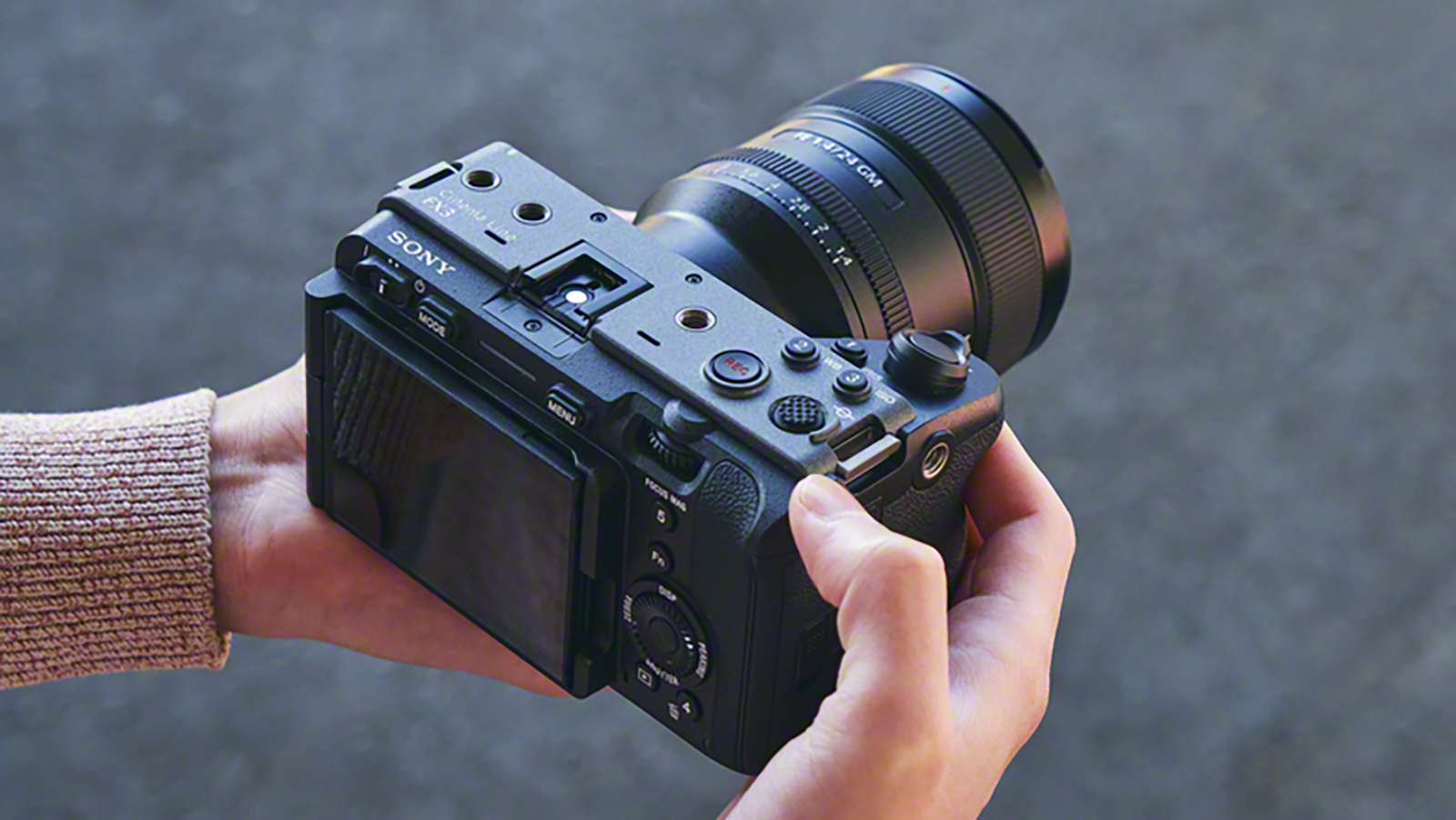
4. A more robust body
I really like the FX3's small form factor, and how even on this tiny body you have features like 4K 120fps video recording, a full-frame sensor with in-body image stabilization, plus dual base ISO. However, from my experience the camera could do with bulking up a bit.
For example, and to be fair to Sony this is partly on me but also I feel like it’s sort of a small print moment, I discovered that without the little plastic cover on the hotshoe, the body is not actually weather-sealed. This became a problem when filming on the Matterhorn in Swiss Alps with sideways snow and freezing temperatures, during which time I had some interesting error messages about accessories not working until the camera had thawed and dried out.
Alongside that hotshoe caveat, over time the monitor on the body has become quite loose and I can’t see how to tighten it. The size of this camera really does encourage you to take it anywhere with you, so it needs to hold up to the movement, temperatures and demands of sports/ commercial content when you’re using it for smaller set ups.
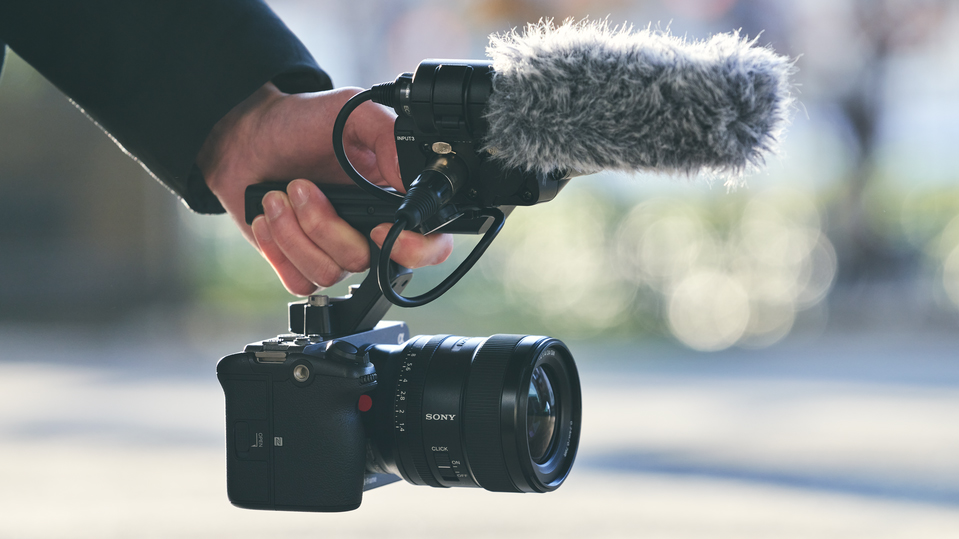
5. 32-bit float audio
Better in-camera audio is a big one for me, and I'd love to see the 32-bit float audio recording format directly available. Think of 32-bit float as wide dynamic range for audio – when using it, you have a higher ceiling for clipping and it really does enable almost a set-and-forget situation for recording audio, even if it requires editing in post.
The audio handle is a brilliant addition to the original FX3 camera giving it full size dual XRL inputs. Adding 32-bit float through XLR, which is something that Panasonic has already done with the Lumix GH7, would make a potential FX3 II a highly desirable camera for so many and remove the need for extra devices on set, which divide your attention and create unnecessary clutter.
Any feature that gives you one less thing to worry about on set is welcome in my book. Couple 32-bit float audio with CFexpress Type B card compatibility for higher write speeds and cheaper gigabyte per dollar ratio, and I think we’d be onto a winner.
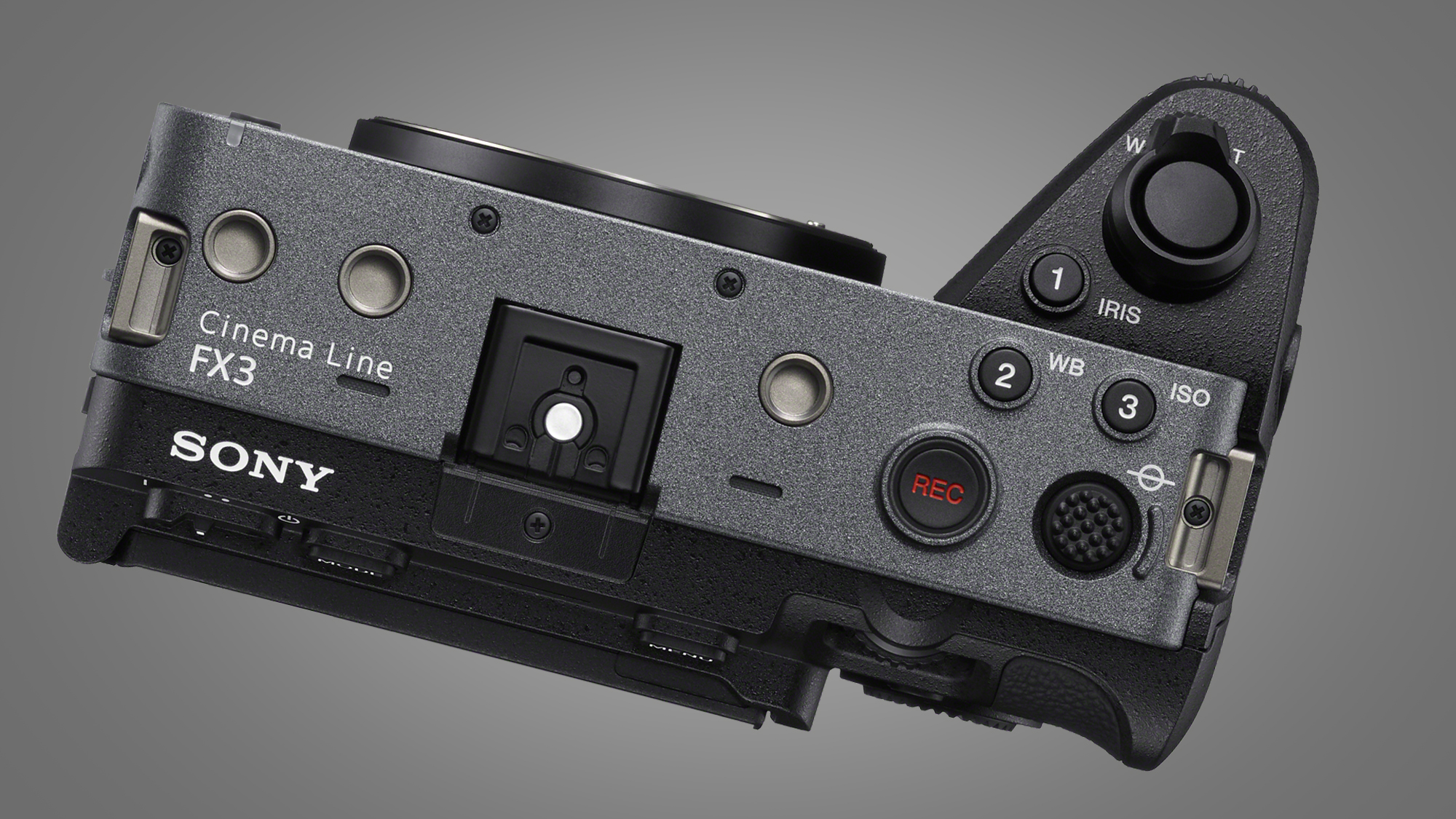
What I pray won't happen
I really hope Sony doesn't remove the on-body mounting points. Possibly controversial, but I think that these haven’t really been utilized to their potential, yet. It would be great to see camera companies that offer cage and rigging solutions to get even more creative with the mounting points and provide some exciting options for flexible shooting and attaching other accessories. We're otherwise limited to third party cage makers, such as SmallRig.
Before I finish, one little bonus request – in-camera false color. For those times when you’re stripping things back or limited on space and can’t rig an external monitor, but you still need cinema camera-level referencing for exposure (the FX6 lacks it too, to be fair).
The Sony FX3 has dropped in price and will potentially turn up on my favorite secondhand websites, which tempts me to replace my own with one in better condition. However, I’m keeping my eye out for a potential FX3 II upgrade. Either way, I'll be enjoying a camera capable of the extraordinary.
How about you – what are the upgrades you'd like to see? Let us know in the comments below.
You might also like
Pete runs Studio 44, a video production company specialising in branded content with a focus on story-driven marketing. Since launching Studio 44 Media Ltd in 2019, the S44 crew have created content for some of the worlds biggest brands and organisations, such as; Nike, Canon, and McLaren. He is driven by a passion for sharing messages that matter and playing with shiny things, which is why filmmaking is the natural place for him to call home.
You must confirm your public display name before commenting
Please logout and then login again, you will then be prompted to enter your display name.
